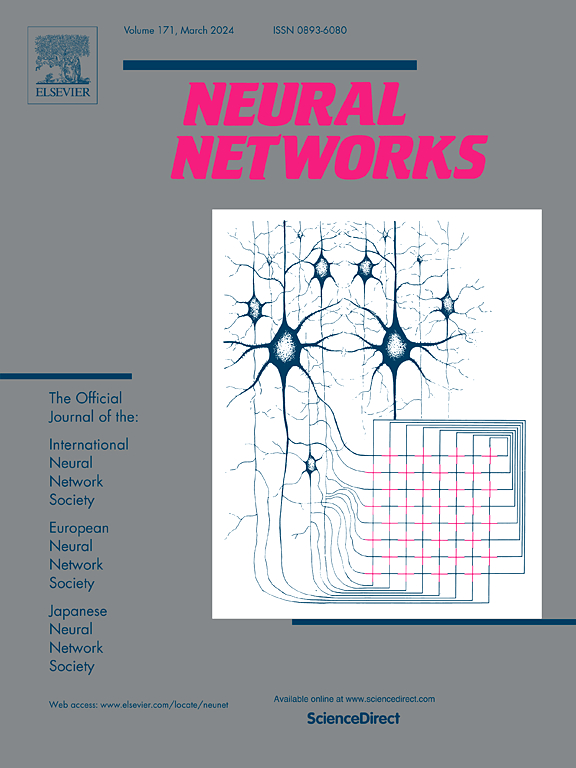Tensor neural networks for high-dimensional Fokker–Planck equations
IF 6
1区 计算机科学
Q1 COMPUTER SCIENCE, ARTIFICIAL INTELLIGENCE
引用次数: 0
Abstract
We solve high-dimensional steady-state Fokker–Planck equations on the whole space by applying tensor neural networks. The tensor networks are a linear combination of tensor products of one-dimensional feedforward networks or a linear combination of several selected radial basis functions. The use of tensor feedforward networks allows us to efficiently exploit auto-differentiation (in physical variables) in major Python packages while using radial basis functions can fully avoid auto-differentiation, which is rather expensive in high dimensions. We then use the physics-informed neural networks and stochastic gradient descent methods to learn the tensor networks. One essential step is to determine a proper bounded domain or numerical support for the Fokker–Planck equation. To better train the tensor radial basis function networks, we impose some constraints on parameters, which lead to relatively high accuracy. We demonstrate numerically that the tensor neural networks in physics-informed machine learning are efficient for steady-state Fokker–Planck equations from two to ten dimensions.
求助全文
约1分钟内获得全文
求助全文
来源期刊

Neural Networks
工程技术-计算机:人工智能
CiteScore
13.90
自引率
7.70%
发文量
425
审稿时长
67 days
期刊介绍:
Neural Networks is a platform that aims to foster an international community of scholars and practitioners interested in neural networks, deep learning, and other approaches to artificial intelligence and machine learning. Our journal invites submissions covering various aspects of neural networks research, from computational neuroscience and cognitive modeling to mathematical analyses and engineering applications. By providing a forum for interdisciplinary discussions between biology and technology, we aim to encourage the development of biologically-inspired artificial intelligence.
 求助内容:
求助内容: 应助结果提醒方式:
应助结果提醒方式:


